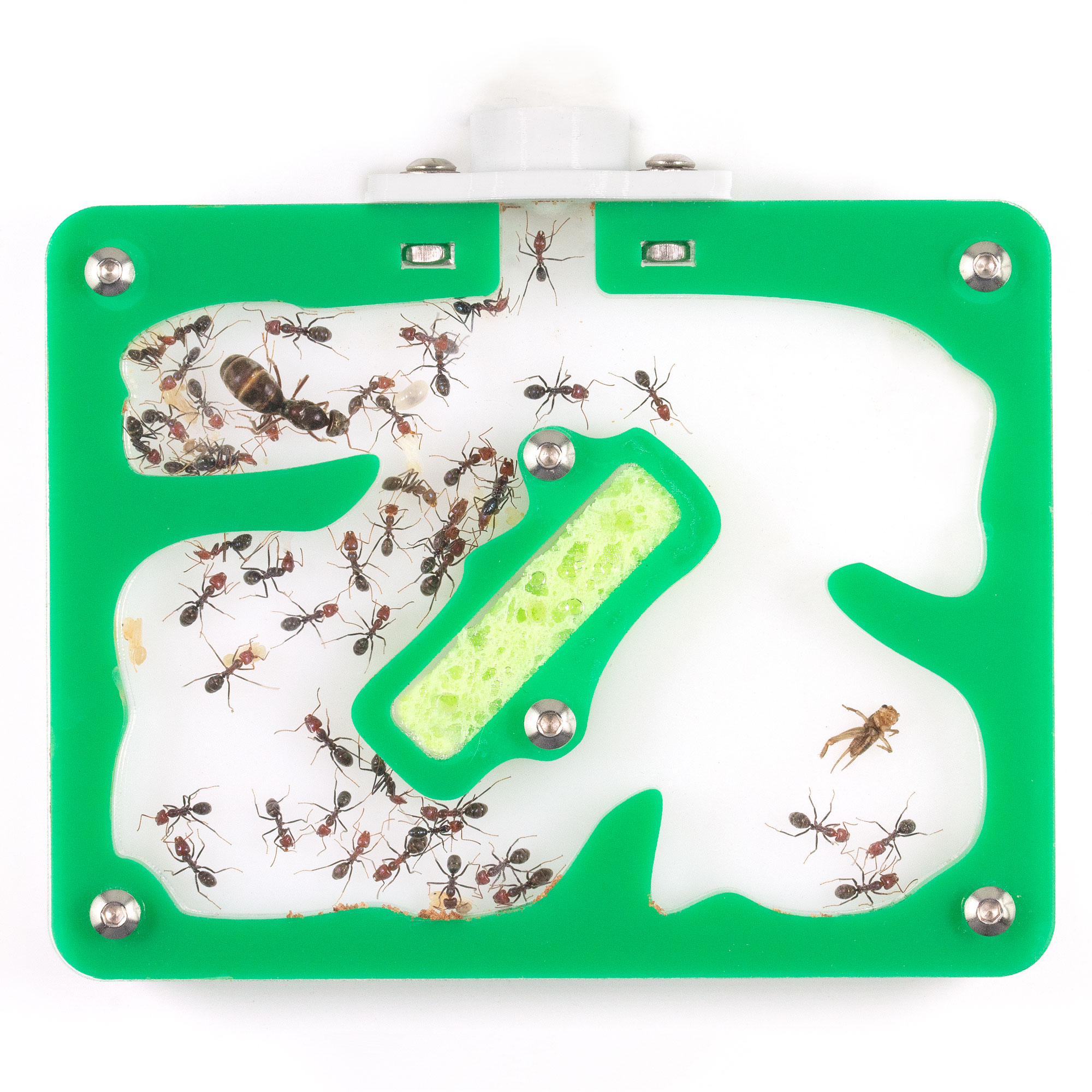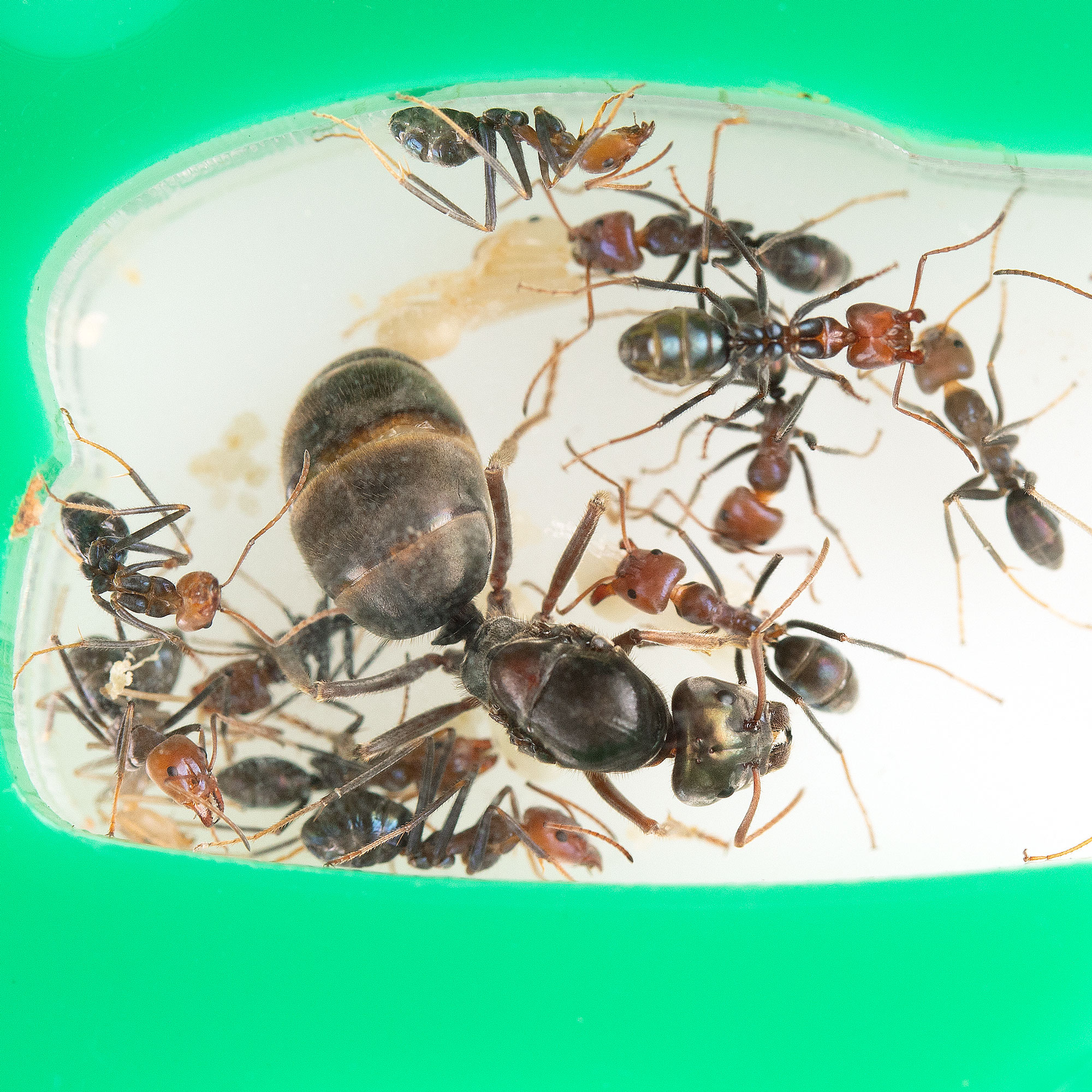AUS ANTS ACRYLIC NESTS
Our range of purpose-built acrylic formicaria! Each design has been carefully engineered to house ant colonies throughout all stages of their development, and are well suited for virtually all ant species, big and small.
OUR CURRENT RANGE
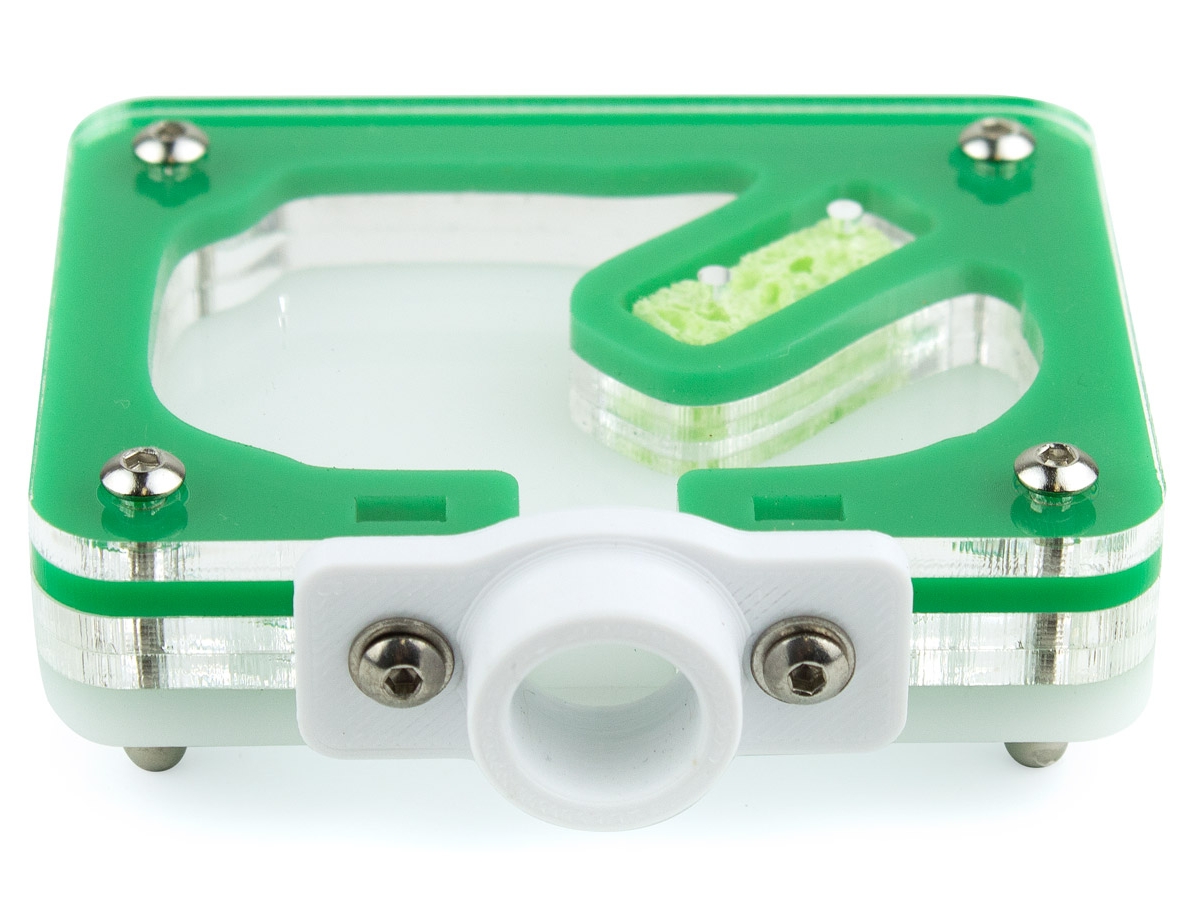
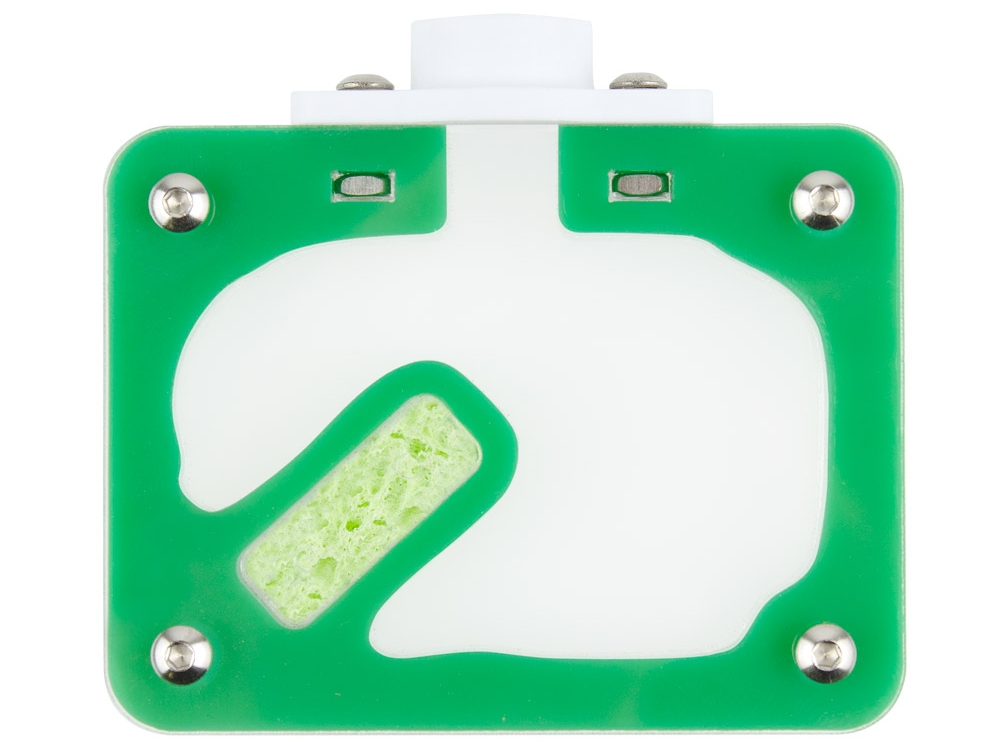
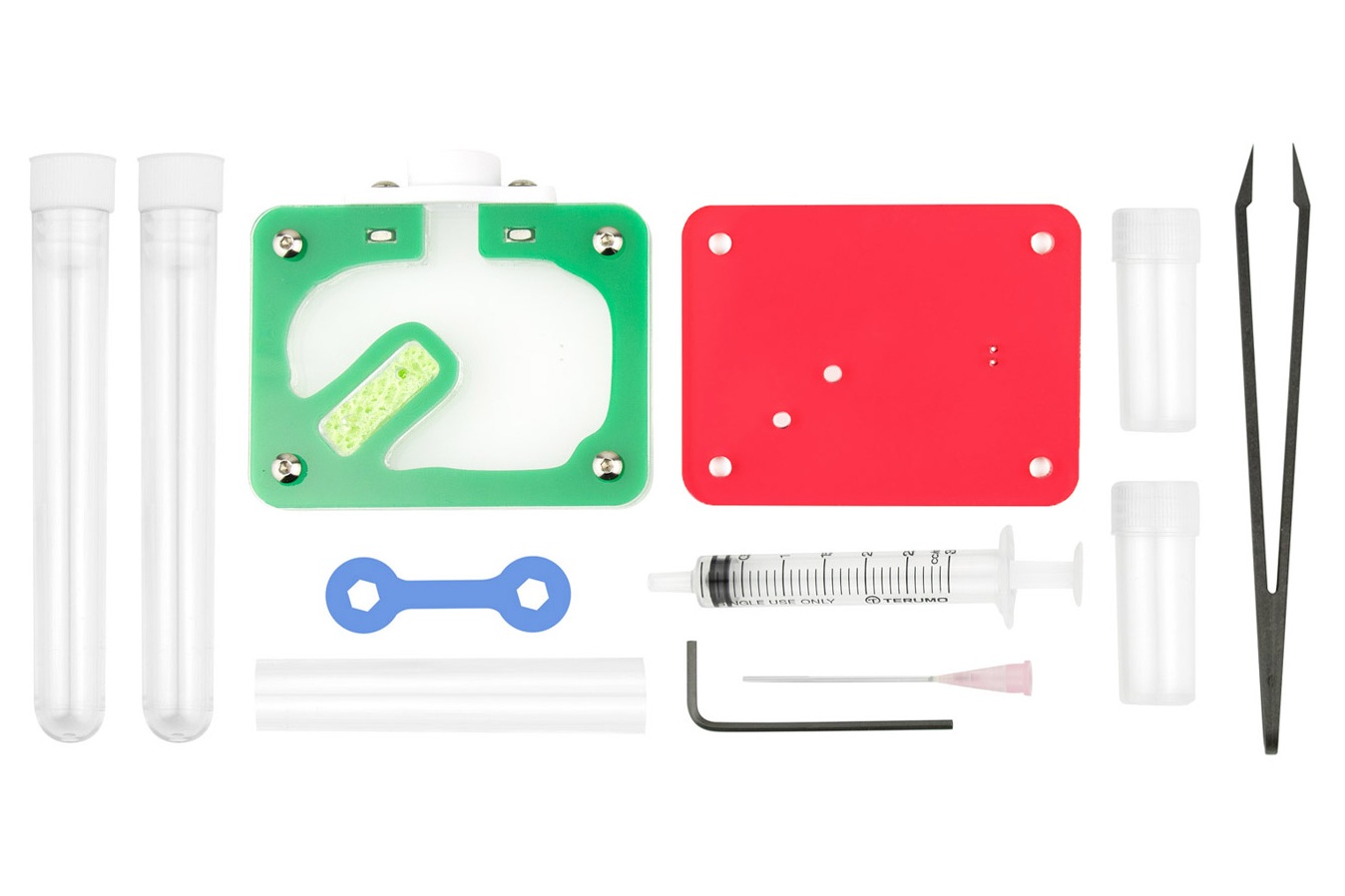
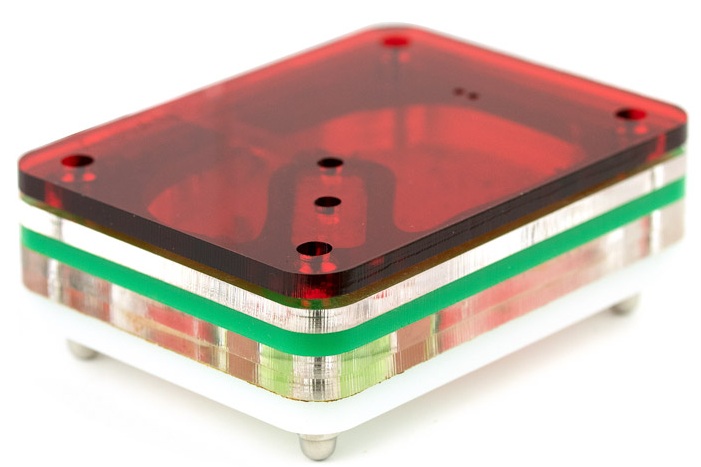
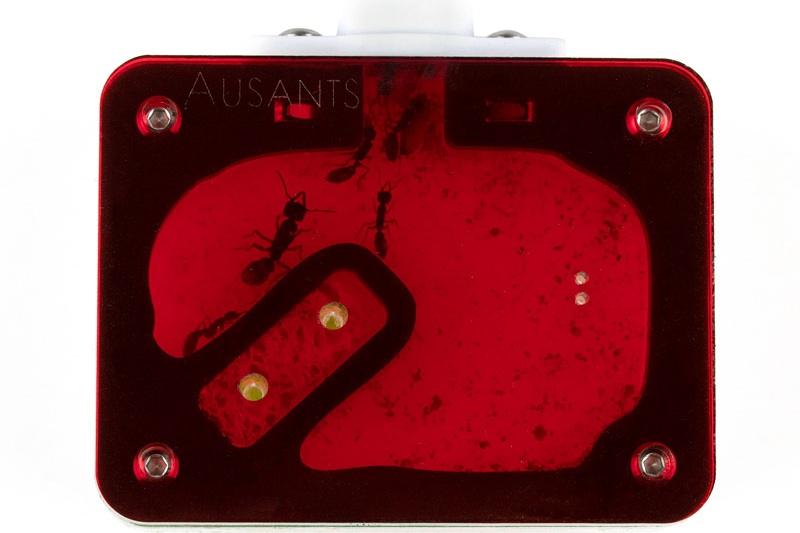
FOUNDING
Available in our Acrylic Starter Kit
Suitable for 1 to 500 ants
Length - 75 mm
Width - 60 mm
Overall Depth - 25 mm
Chamber Depth - 9 mm
Discover the 2024 Founding Nest from Aus Ants, featuring a user-friendly screw cap for easy access and our innovative 3D printed connectors for seamless expansion. Perfectly sized to start your ant keeping journey, this nest is engineered for clarity and convenience, so you can focus on your founding colony exploring a meticulously designed environment.

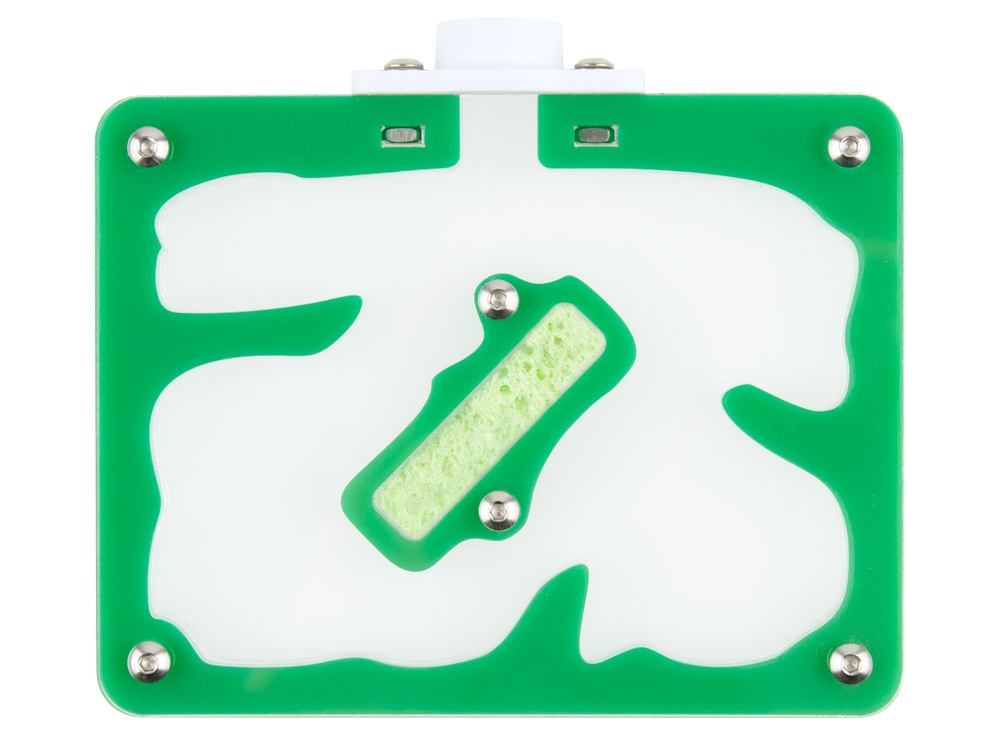
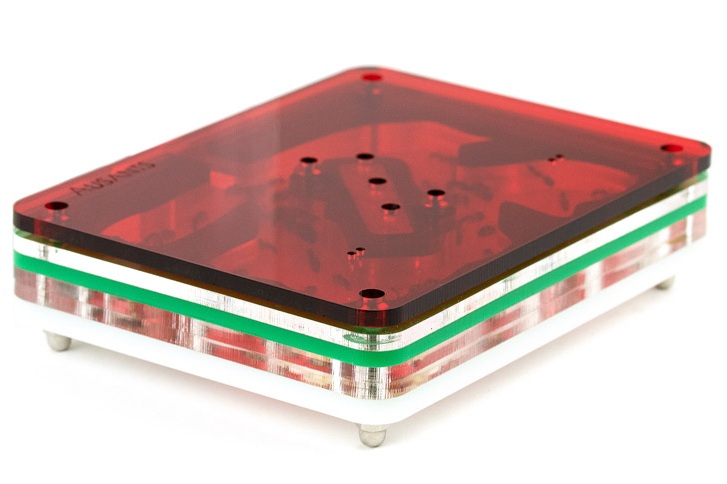

Small
Available individually
Suitable for 50 to 1,000 ants
Length - 110 mm
Width - 85 mm
Overall Depth - 25 mm
Chamber Depth - 9 mm
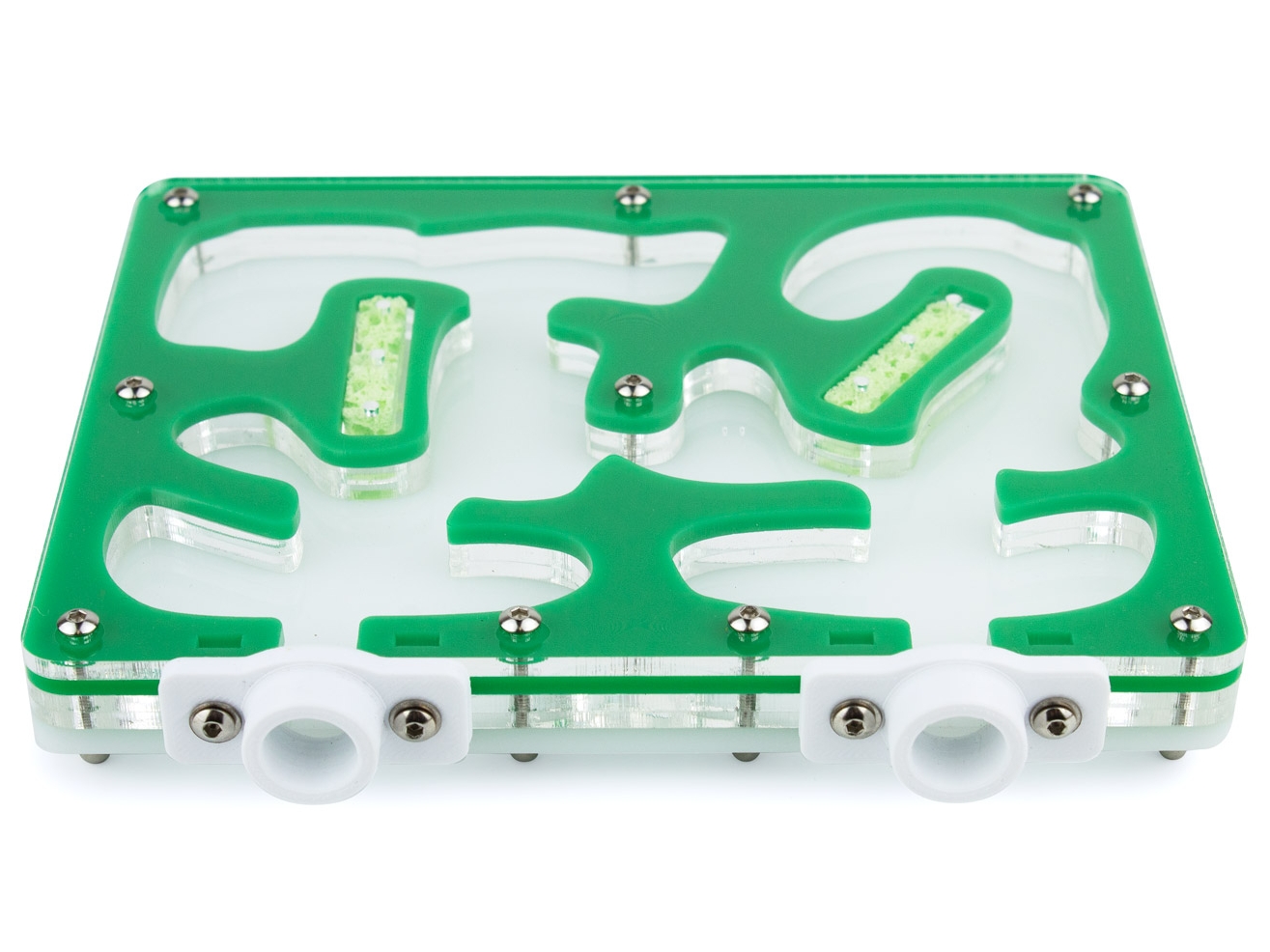
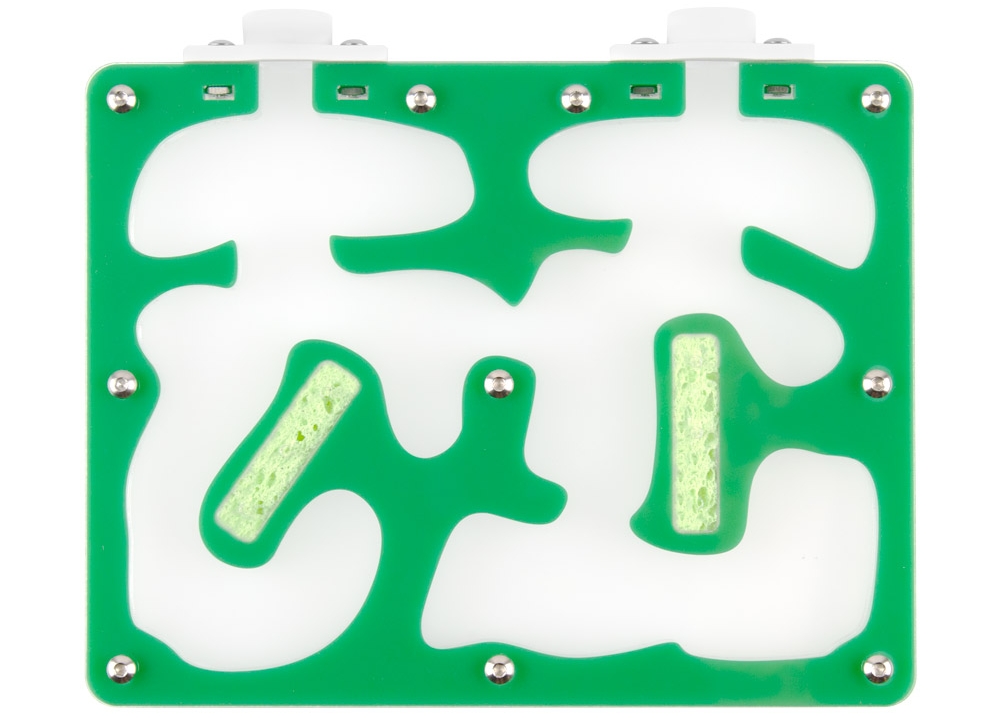

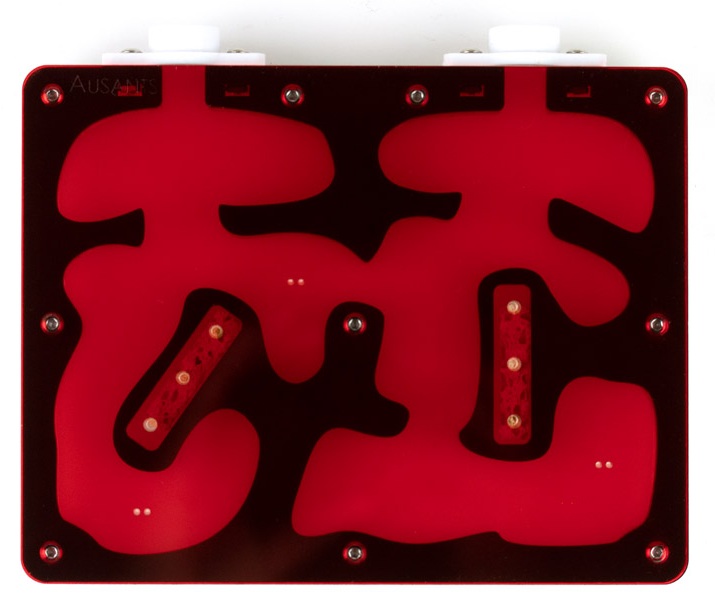
medium
Available individually
Suitable for 100 to 2,000 ants
Length - 160 mm
Width - 125 mm
Overall Depth - 25 mm
Chamber Depth - 9 mm
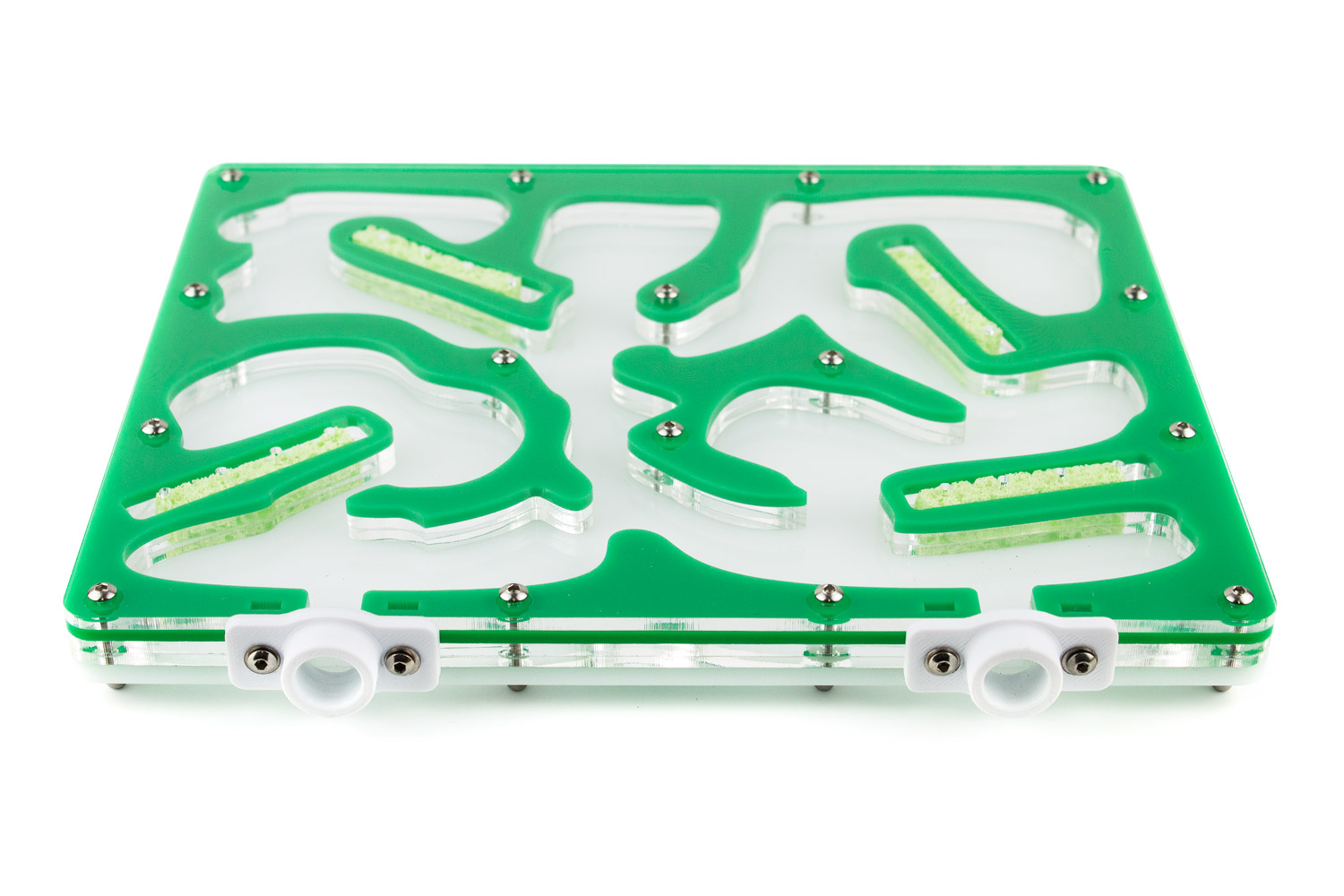
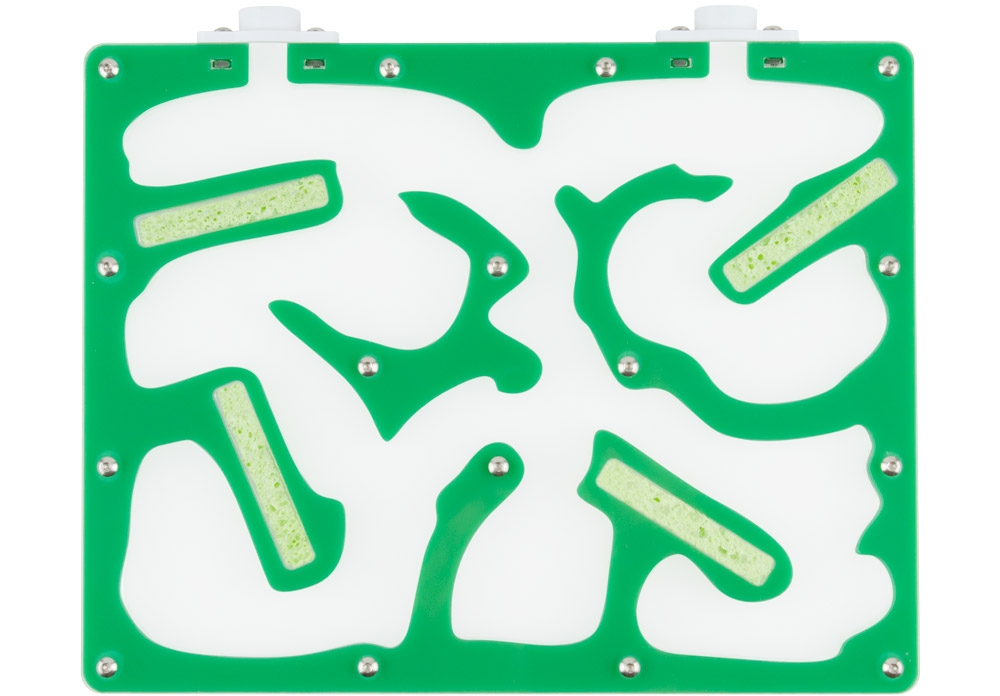
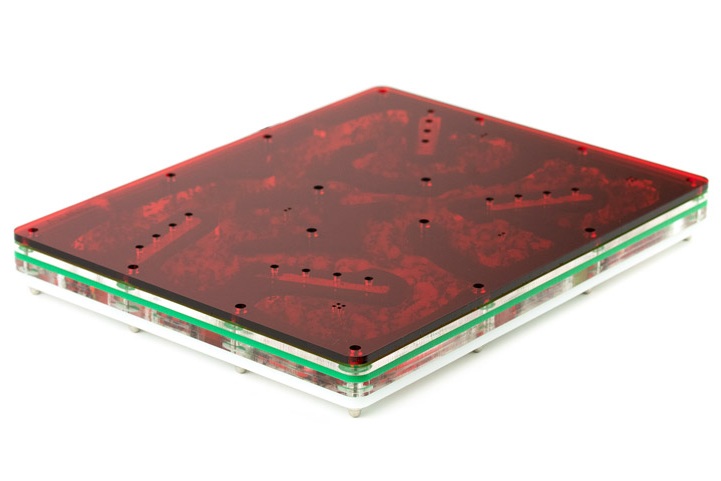

large
Available individually
Suitable for 200 to 5,000 ants
Length - 235 mm
Width - 180 mm
Overall Depth - 25 mm
Chamber Depth - 9 mm
WHY PICK OUR ACRYLIC NESTS?
Our acrylic formicaria come fully assembled, ready to use. The nests are sealed together with stainless steel bolts. To ensure the exposed ends of the screws don’t scratch the surface of your tabletop, bench, or shelf, we fit smooth dome nuts onto their feet. Because the nests are completely sealed it makes them an excellent option for tiny ant species. These tiny ant species have been known to escape from nests made from alternative materials such as ytong, plaster, grout, or resin. The robust nature of acrylic also allows it to be reused many times over. Simply move your colony out, disassemble the nest, give it a good clean under some warm water, reassemble, and it’s ready to house ants once again. Our Acrylic formicaria are built to go the last!
The top layer (top panel) of each nest feature laser cut micro holes for improved ventilation without the risk of the tiniest species ever escaping. The transparency of our cast acrylic surpasses that of glass with no distortion of light waves. The base panel of the nest is a slightly opaque white, allowing for both light to bounce off, and shine through. This reflective white base, in conjunction with the top transparent panel, provides the ant keeper with a crystal clear, untainted view of all the action within the nest! Making our nests ideal for filming and photography purposes. Additionally, as the base plate is semi-translucent, when a light source is positioned behind this layer, it glows, illuminating the ants from below. This helps the ants stand out clean and clear from the nest, and results in an interesting silhouette effect.
The nests can be connected to an outworld or another nest with the use of the specially designed 3D printed entrance. Our 3D printed entrances (designed to holster standard 13mm external, 10mm internal vinyl tubing) are internally tapered to ensure a tight fitting, resulting an an escape proof connection. As the entrances are bolted onto the sides of the nests externally, this allows the ants to travel in and out of the nest unhindered by a reduction of tube diameter (which can cause a bottleneck in the ant traffic). This also allows larger species to comfortably enter/exit the nest.
ANT SHIELDS
Made of high clarity, crystal clear acrylic, these shields are specifically designed to be placed upon a corresponding sized nest within our range of Ytong and Acrylic designs.
What are they for? Well, many species of ants, (and other insects too) are unable to sense wavelengths within the red light spectrum. So, when the shields are fitted, the ants are fooled into thinking they’re safe within the security of darkness (as ant colonies would naturally be in the wild). Like a one way mirror, the keeper can see in, but the ants can’t see out. Thus, allowing for a more natural, disturbance free view of all the exciting happenings within the nest. Just keep in mind, the effectiveness of the shields may vary from species to species, and works best under low light intensities.
Plus, as the shields completely cover the lids of their corresponding nests, they also help protect the lids beneath from dust accumulation and scratching. The shields are designed to comfortably rest on top of the nests’ screws, leaving a very thin, but important, gap between them and the clear acrylic lid below. Thus, preventing the two rubbing together and forming unsightly marks and scratches.
Additional holes have been carefully cut into the shields. Some for hydration, allowing the keeper to inject water directly into the nests’ hydration chambers without having to remove the shields, and other, smaller holes are present for ventilation purposes.
Our ‘Ant Shields’ come included in our ‘Acrylic/Ytong Starter Kits’ and are sold separately for our ‘Small’, ‘Medium’ and ‘Large’ sized nests.
YTONG oR ACRYLIC NEST? HOW TO DECIDE?
Both our acrylic and ytong nests are perfectly suitable for raising virtually all ant species, so it mostly boils down to personal preference. We feel however, that ytong is the superior, but not in all cases...
Ytong
The main advantages of ytong (used in our nests) is that it is extremely water retentive, so you won't have to hydrate the nest as often as the acrylic designs. They also offer a slightly larger chamber depth (10mm) when compared with our acrylic nests (9mm). Making them more suitable for larger ants, such as Bull Ants (Myrmecia spp.). The material also possesses greater insulative properties. Which is ideal for keeping temperature and humidity levels stable (replicating the conditions wild ants would experience when living below the ground surface).
Another advantage of the material is the surface texture. The rough, porous surface allows the ants to easily grip on, offering them maximum maneuverability (especially useful for ant species which have trouble gripping onto smooth surfaces, such as plastic and glass). Plus, this improved grip can also aid the ant larvae in the spinning of their cocoons.
With a little DIY work, (using a screwdriver or a drill) the inner chambers can easily be carved. Giving you the option of increasing chamber depth to accommodate for larger ant species or colonies, or to better match your unique aesthetic needs! We demonstrate how best to carve ytong in Part 2 of our ‘How to Build an Ant Nest’ video series here.
ACRYLIC
One advantage of acrylic is that it is assembled extremely securely. Making it a great choice for tiny ant species which may be able to squeeze through the lids of our porous Ytong designs (such as Monomorium spp.). Plus, the robust nature of acrylic allows it to be infinitely reused. Simply move your colony out, disassemble the nest, give it a good clean under some hot water, then reassemble, and it’s ready to house ants once again!
HOW TO USE?
HYDRATION
Our acrylic nests require around 5-10 ml of water every 3 to 6 days, depending upon ambient temperature, as well as the particular ant species being housed (as some ants may prefer their nest wetter or drier than others). We advise doing some research and experimenting to find your ant species’ ideal humidity preferences.
To hydrate the nests, water is simply injected into the water reservoirs through the small holes positioned above them (this is best done with a syringe). The sponges within these reservoirs absorb up this moisture, and then through capillary action, the moisture slowly seeps through the tiny gaps between each slide of acrylic. Providing the ants with a slow and steady release of humidity, as well a clean source of drinking water. To reduce the risk of flooding the nest, hydrate the sponge slowly, so that the water can be properly absorbed.
learn more
To learn more about our range of Acrylic formicaria and how best to use them, we highly recommend watching the video below from our ant ambassador, Jordan Dean.



